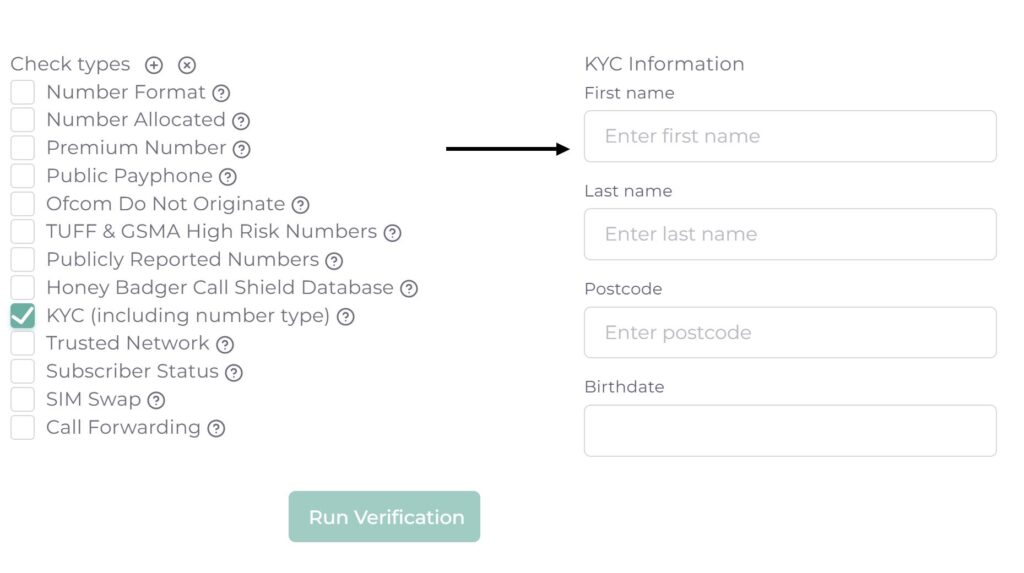What is Matched Betting?
Matched betting is a betting strategy used by individuals to profit from the free bets and incentives offered by bookmakers. It’s generally considered risk-free as it’s based on the application of a mathematical equation rather than chance. However, it’s important to note that while matched betting is not illegal, it is often against the terms and conditions of bookmakers.
How Does Matched Betting Work?
1. Find a Free Bet: The first step is to find a free bet offer from a bookmaker.
2. Place a Qualifying Bet: You then place a bet with the bookmaker to qualify for the free bet.
3. Lay the Bet: To ensure this bet is risk-free, you place a lay bet at a betting exchange. This means you bet against your original bet.
4. Use the Free Bet: Once you receive your free bet, repeat the process. However, since this bet is free, you’ll make a profit regardless of the outcome.
The Risks: Terms and Conditions
While matched betting itself isn’t illegal, it’s against the terms and conditions of most bookmakers. Engaging in this activity can result in your account being restricted or closed.
Technology and Detection of Matched Betting
Bookmakers can use various technologies to detect and prevent matched betting:
1. Device Fingerprinting: Bookmakers can use device fingerprinting technology to track devices used for placing bets. If they detect multiple accounts operated from the same device, it might indicate matched betting.
2. Know Your Customer (KYC): KYC checks help bookmakers verify the identity of their customers. Through KYC, they can detect if the same individual is operating multiple accounts.
3. Betting Patterns Analysis: Bookmakers often use sophisticated algorithms to analyze betting patterns. Consistently betting in a way that only benefits from free bets and promotions can be a red flag.
4. IP Address and Geo-Location Tracking: Tracking the IP address and geo-location can help identify if multiple accounts are being accessed from the same location.
5. Analysis of Financial Transactions: Monitoring deposits, withdrawals, and transfer patterns can also help in detecting matched betting activities.
How can Honey Badger help?
Use Honey Badger to run device fingerprinting, KYC and other risk checks when a new customer is onboarded. While device fingerprinting will detect multiple accounts opened from the same device, a lightweight mobile KYC verification will catch more sophisticated users who try to bypass such measures. Using the two features together ensures the highest chance of blocking bad actors. To find out more visit Honey Badger’s Risk Insights page.







